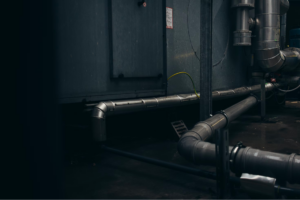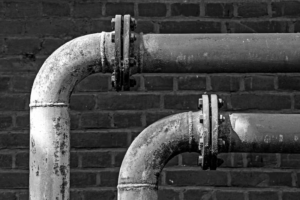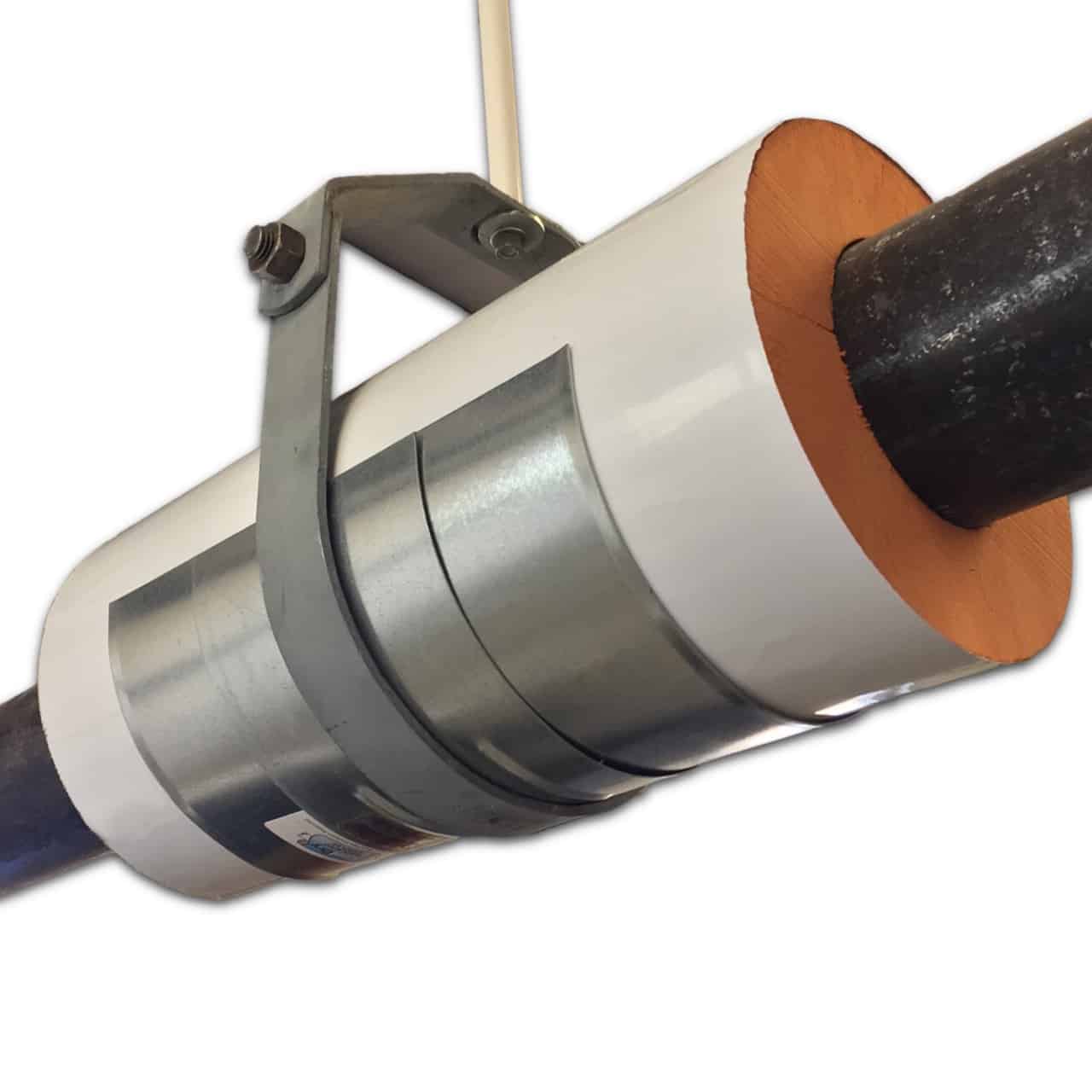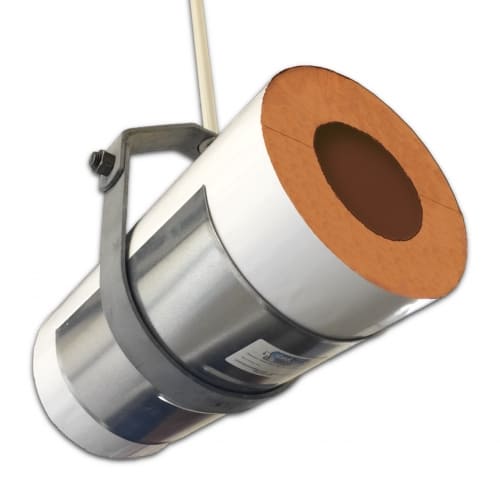The intricate world of piping systems remains a cornerstone of modern infrastructure, by playing a pivotal role in various industries. At the heart of these systems is the concept of pipe movement—a critical consideration in the installation, maintenance, and protection of piping networks.

Understanding pipe movement’s nuances not only enhances safety and efficiency but also prolongs the lifespan of the infrastructure, whether in commercial establishments or industrial facilities.
Understanding the Importance of Pipe Movement
Pipe movement, often overlooked, is a critical factor in the design and operation of piping systems. In essence, it accommodates the natural expansion, contraction, and vibration of pipes due to temperature changes, pressure fluctuations, or operational dynamics. Without proper management of pipe movement, we risk system failure, pipeline rupture, and even serious safety hazards.
By understanding and implementing effective pipe movement strategies, engineers can reduce stress on the system, elongate pipe lifespan, and ultimately ensure smooth and safe operations. This knowledge isn’t just pivotal for those within the industry, it is also valuable for those relying on these types of systems in their homes or businesses.
Tracing the Origins: The Evolution of Pipe Movement

Pipe movement is not a product of modern engineering, but has been a part of structural and mechanical systems for centuries. Initially, as piping systems were incorporated into architecture and industry, there was little understanding of the natural forces acting on the pipes. Issues such as thermal expansion, ground shifts, and pressure fluctuations caused early piping systems to fail unexpectedly.
1800s – Early Piping Systems: Cast iron pipes were introduced in the U.S.; issues like corrosion highlighted the need for better materials and movement considerations.
1900s – Expansion of Materials and Techniques: Introduction of more resilient materials like steel and, eventually, plastic. Techniques to accommodate pipe movements, such as expansion joints, anchors, and guides, were developed.
Late 20th Century – Technological Integration: Enhanced precision in pipe movement control due to the integration of software analysis and 3D modeling.
This historical journey underscores the continual evolution in understanding and accommodating pipe movement, and lays a foundation for today’s advanced methodologies.
Modern Methods: Technological Advancements in Controlling Pipe Movement
In contemporary settings, managing pipe movement takes a sophisticated approach that integrates advanced technology and materials. These enhancements facilitate the safe accommodation of movements resulting from thermal changes, ground settlement, and operational pressures, to reduce the risk of system failure.
Expansion Joints and Loops
Innovative components like expansion joints and loops allow for lateral, axial, and angular movement, in order to provide a safety net for unpredictable shifts. Their strategic placement within the piping system offers a buffer against stress, to help protect the integrity of the network.
Smart Monitoring Systems
The emergence of smart technology in pipe movement monitoring has been a game-changer. Sensors and devices provide real-time data on pipe behavior, for immediate response and preventative measures. This level of oversight is crucial in mitigating risks associated with unexpected pipe movement.
The Mechanics Behind Pipe Movement
Pipe movement is an encompassing term that covers various mechanical changes that occur in a pipeline system. These movements can be intentional, as in the case of system adjustments, or unintentional, resulting from environmental or operational factors.
Thermal Expansion/Contraction: Changes in temperature cause pipes to expand or contract, which necessitates flexible system design to accommodate these shifts without causing damage.
Vibration: Operational machinery can transmit vibrations through pipes that require damping methods to minimize the potential for wear and tear or system failure.
Settlement: Natural settling of the ground, or unexpected events like earthquakes, can shift pipes, which emphasizes the need for a system design that accounts for potential movement.
Recognizing the mechanics behind pipe movement is integral to developing resilient piping systems that can withstand the dynamic forces they encounter.
Weighing the Impact: Pros and Cons of Pipe Movement in Industry

Like any engineering phenomenon, pipe movement comes with its own set of advantages and disadvantages that are crucial for decision-makers to consider in the planning and maintenance of piping systems:
Pros
Preventative Safety: Accommodating pipe movement prevents breaches, leaks, and bursts, to help protect the environment and public safety.
Operational Efficiency: Proper management of pipe movement ensures uninterrupted service, to enhance system reliability and lifespan.
Cost-Effectiveness: Proactive measures reduce the need for costly repairs or replacements for long-term savings.
Cons
Initial Investment: Advanced systems for managing pipe movement require a significant upfront investment in materials, technology, and skilled labor.
Maintenance Demands: These systems necessitate regular oversight and maintenance that can incur ongoing costs and resource allocation.
Complexity in Planning: Accommodating various potential movements involves complex design and planning, which demands high-level engineering expertise.
Broader Implications: Environmental and Societal Effects of Pipe Movement

The impact of pipe movement transcends the confines of physical infrastructure, and extends to environmental conservation and societal well-being. Proper pipe movement management minimizes the risk of leaks that could lead to soil, water, or air contamination—crucial in industries dealing with hazardous materials.
Moreover, reliable piping systems ensure consistent delivery of essential services like water, gas, and sewage management, that directly influences public health and living standards.
Trust Buckaroos for Superior Pipe Movement Solutions
Navigating the complexities of pipe movement demands a knowledgeable and experienced partner. Buckaroos offers a comprehensive range of services and solutions designed to address your unique piping challenges. From state-of-the-art support structures to simple wooden block supports, our team is equipped to deliver safety, efficiency, and peace of mind.
Contact us today for more information!




